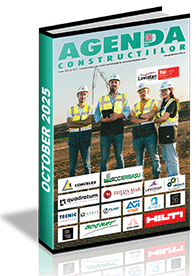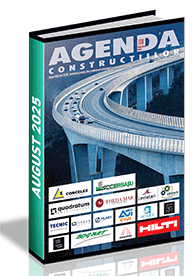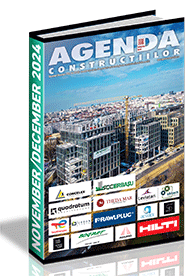| ANALISYS: The next-generation of diesel solutions |
| English Section Publicat de Ovidiu Stefanescu 17 Feb 2015 14:56 |
 The "clean" technologies used in the manufacture of diesel engines represent standardized solutions in the contemporary period, whether it's cars, freight cars or trucks. The concept which includes three main elements - namely bio-fuels, advanced methods of execution engines and treatment - is applied after the production process. From 2012, the new standard Tier became effective for the prevention of environmental pollution by substances emitted by diesel engines which are equipping the rough terrain vehicles (so-called "off-road"). This rule refers including on the specialized equipment used in the construction industry and has an extended applicability. Originally developed by the US Environmental Protection Agency (EPA) standard was later adopted in Europe, which harmonized the existing provisions at EU level, adapting them to the US and Japan standards. Currently, the field is regulated by the Directive 97/68/EC, which recorded four adjustments, adopted between 2002 and 2012. Since the phases III and IV of the EU program for the prevention of pollution are similar to Tier 3/4 the North-American system is widely used by manufacturers and distributors of construction equipments. Essentially, the rule requires to the manufacturers of machines to take special measures to reduce the emissions of particles in the atmosphere and nitrogen oxides to a level of 50% - 96% of the characteristic values of the previous generation diesel engines. It is important to note that the emissivity requirements included in Tier 4 apply exclusively to new products and are not retroactive. Worldwide, authorized bodies have established a number of standards including allowable levels of air emissions standards, Tier governing for nearly a decade and a half the works in the field of machinery and vehicles. The system sets allowable progressive limits and is quite complicated, thresholds are directly dependent on engine capacity (expressed in kW or hp). The novelty brings for the latest form of the standard is linked to increased flexibility, which involves an intermediate level regarding the thresholds for the various emissions of particulate matter and nitrogen as nitrite / nitrate. The "clean" technologies used in the manufacture of diesel engines represent standardized solutions in the contemporary period, whether it's cars, freight cars or trucks. The concept which includes three main elements - namely bio-fuels, advanced methods of execution engines and treatment - is applied after the production process. From 2012, the new standard Tier became effective for the prevention of environmental pollution by substances emitted by diesel engines which are equipping the rough terrain vehicles (so-called "off-road"). This rule refers including on the specialized equipment used in the construction industry and has an extended applicability. Originally developed by the US Environmental Protection Agency (EPA) standard was later adopted in Europe, which harmonized the existing provisions at EU level, adapting them to the US and Japan standards. Currently, the field is regulated by the Directive 97/68/EC, which recorded four adjustments, adopted between 2002 and 2012. Since the phases III and IV of the EU program for the prevention of pollution are similar to Tier 3/4 the North-American system is widely used by manufacturers and distributors of construction equipments. Essentially, the rule requires to the manufacturers of machines to take special measures to reduce the emissions of particles in the atmosphere and nitrogen oxides to a level of 50% - 96% of the characteristic values of the previous generation diesel engines. It is important to note that the emissivity requirements included in Tier 4 apply exclusively to new products and are not retroactive. Worldwide, authorized bodies have established a number of standards including allowable levels of air emissions standards, Tier governing for nearly a decade and a half the works in the field of machinery and vehicles. The system sets allowable progressive limits and is quite complicated, thresholds are directly dependent on engine capacity (expressed in kW or hp). The novelty brings for the latest form of the standard is linked to increased flexibility, which involves an intermediate level regarding the thresholds for the various emissions of particulate matter and nitrogen as nitrite / nitrate. |
ABONARE REVISTA (click aici): PROIECTE | INVESTITII | REVISTE | INDEX COMPANII
DATE DE CONTACT: Agenda Constructiilor & Fereastra - Tel/Fax: 021-336.04.16, 031-401.63.88
Stiri & Comunicate
Documente
12 aug 2022
12 aug 2022
30 aug 2021
11 aug 2020
10 aug 2020
13 sep 2019




















































